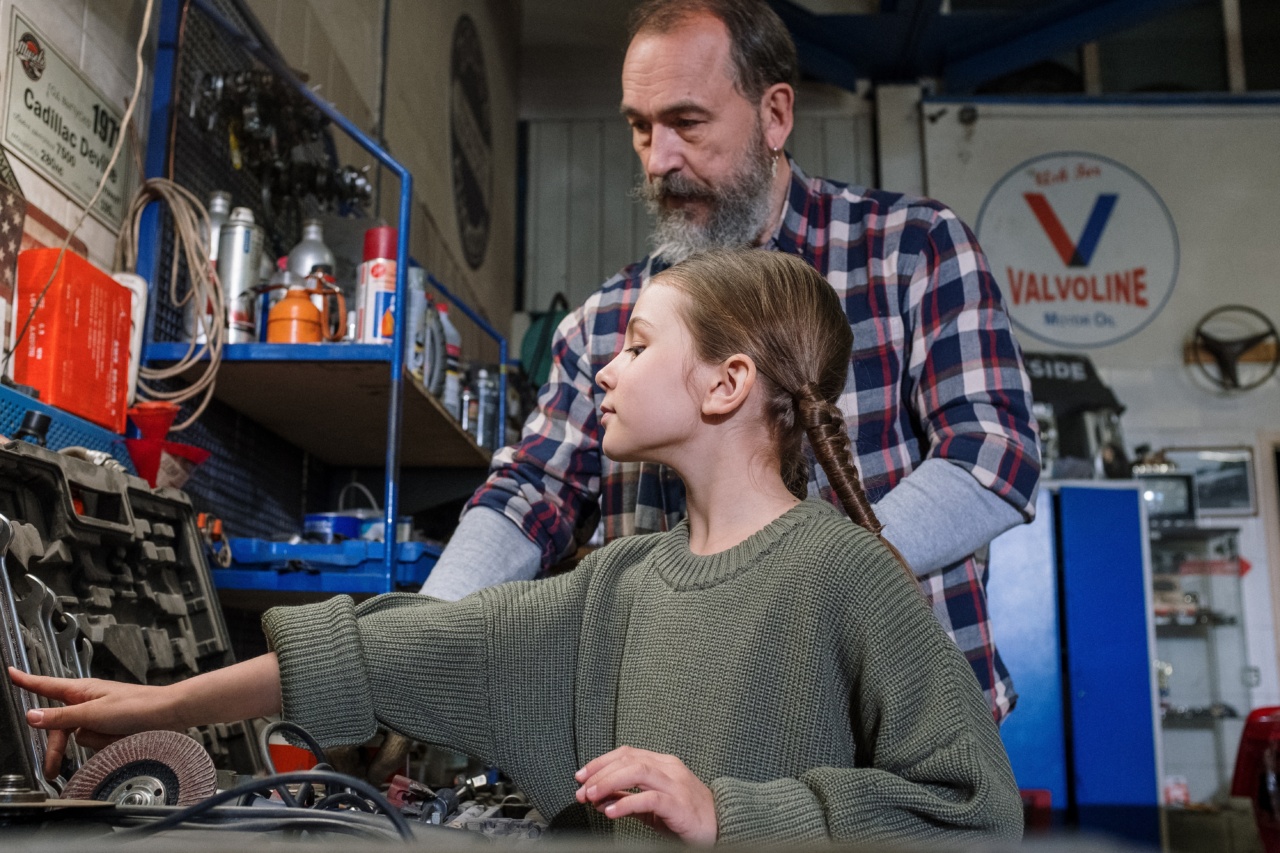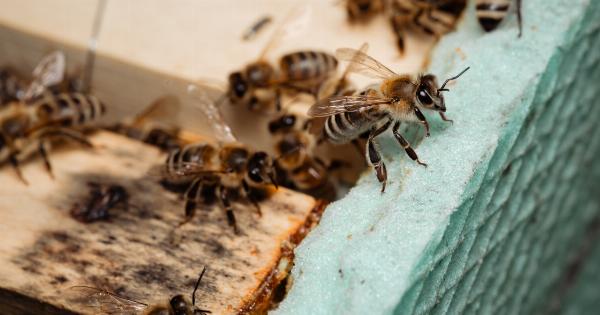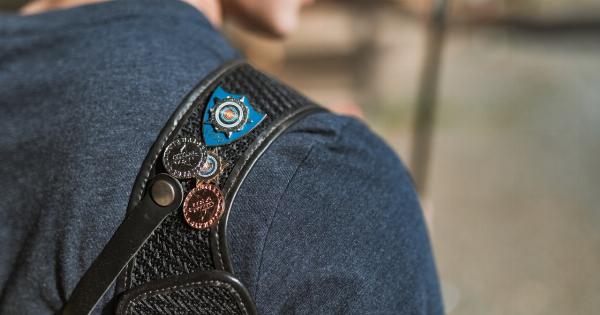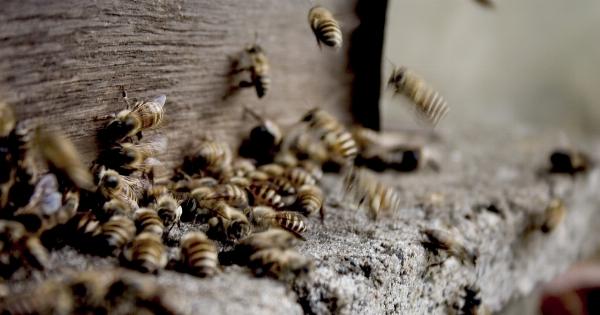Wasp stings can be painful and uncomfortable for anyone who gets stung. A wasp sting can be especially difficult for children to handle because they may not understand what is happening and may panic.
Here are some steps you can take to help your child when they get stung by a wasp.
1. Stay calm
The first thing to do when your child gets stung by a wasp is to stay calm. Your child will likely be upset, which can make them more anxious and scared. Stay calm and reassure your child that everything will be okay.
This will help them feel more secure and calm down.
2. Remove the stinger
If the wasp left a stinger in your child’s skin, it’s important to remove it as soon as possible. Use a pair of tweezers or the edge of a credit card to gently scrape the stinger out.
Try not to squeeze the stinger or use your fingernails, as this can push more venom into your child’s skin.
3. Wash the affected area
After the stinger is removed, wash the affected area with soap and water. This will help remove any dirt or bacteria that could cause an infection. You can also use a cold compress or ice pack on the area to reduce swelling and pain.
4. Manage pain and discomfort
If your child is in pain or discomfort, you can give them an over-the-counter pain reliever such as acetaminophen or ibuprofen. If your child is younger than six months old, talk to your doctor before giving them any pain relievers.
You can also apply a topical cream or ointment to the affected area, such as hydrocortisone cream or calamine lotion.
5. Watch for signs of an allergic reaction
Some people may have an allergic reaction to a wasp sting. Watch for signs of an allergic reaction, such as swelling of the face, lips, or throat, difficulty breathing, or a rash or hives.
If your child shows any of these symptoms, call 911 or take them to the emergency room immediately.
6. Offer comfort and distraction
Your child may be upset or anxious after getting stung by a wasp. Offer them comfort and distraction to help take their mind off the pain. You can read a book together, watch a favorite movie, or play a game.
These distractions can help your child feel more relaxed and may even help reduce pain and discomfort.
7. Prevent future stings
To prevent future wasp stings, try to avoid areas where wasps are known to nest, such as under eaves, in attics, or in wall voids. If you do encounter a wasp, move slowly and calmly away from it.
Wear protective clothing if you’re working outside, especially if you’re near wasp nests or hives.
8. Consider allergy testing
If your child has had an allergic reaction to a wasp sting, consider allergy testing. Your doctor can perform skin tests or blood tests to determine if your child is allergic to wasp venom.
If your child is allergic, your doctor may recommend carrying an epinephrine injector, such as an EpiPen, with you at all times in case of a future sting.
9. Seek medical attention if needed
If your child is experiencing severe pain, swelling, or other symptoms after a wasp sting, it may be necessary to seek medical attention. Call your doctor or take your child to the emergency room if you’re concerned about their symptoms.
10. Talk to your child about wasps
After your child has been stung by a wasp, it’s important to talk to them about what happened. Explain what a wasp is and why it stung them. Help your child understand that wasps can be dangerous and it’s important to be careful around them.
This can help prevent future stings and help your child feel more prepared if they do encounter a wasp again.






























